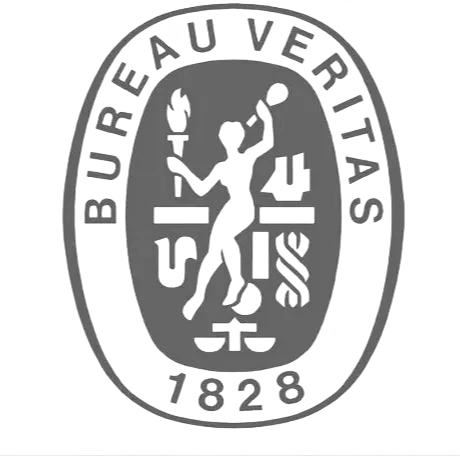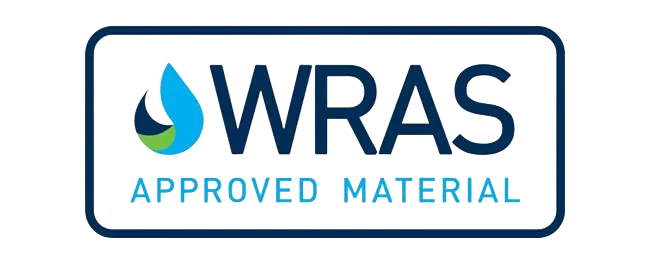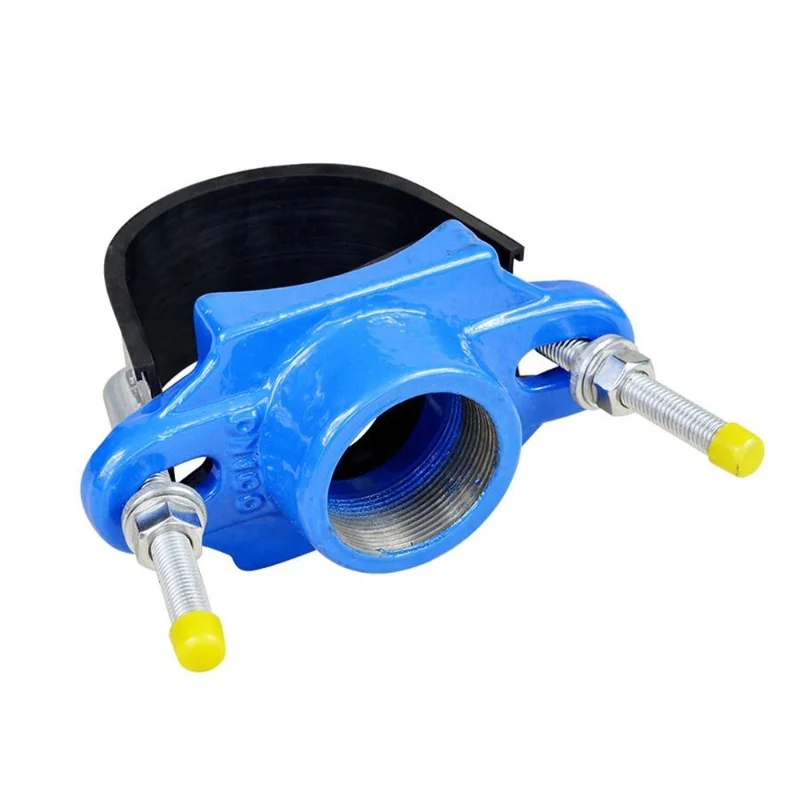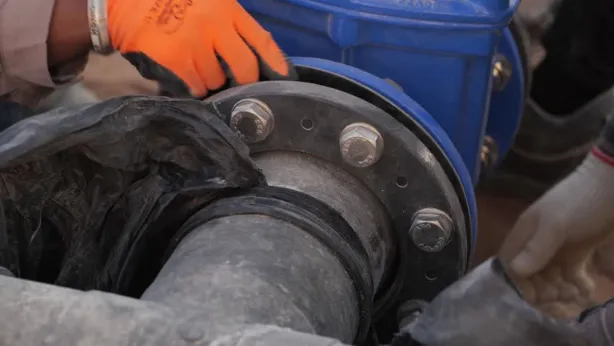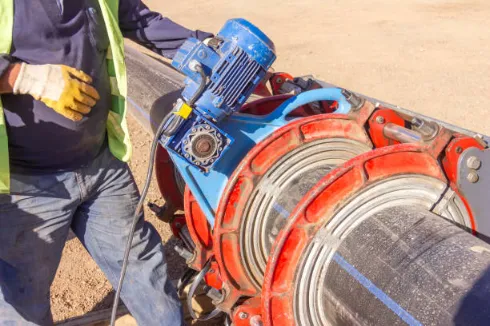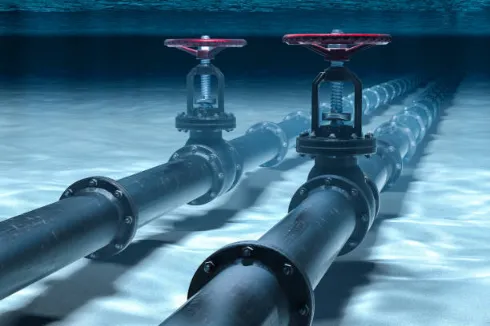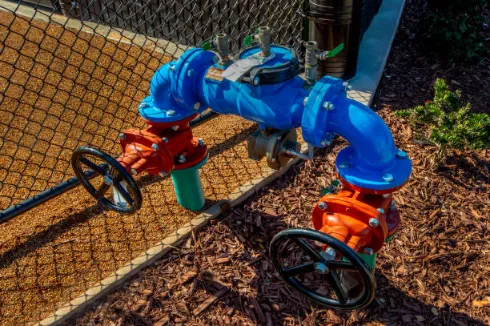Understanding Saddle Clamps
Definition and Purpose of Saddle Clamps
Saddle clamps are essential components in various industrial and construction applications. They are designed to secure pipes, tubes, or cables in place, preventing movement or vibration that could lead to damage or operational inefficiencies. These clamps derive their name from their saddle-like shape, which snugly fits over the object being secured. By providing a firm grip, saddle clamps ensure stability and alignment in systems where precision is critical.
Key Features of Saddle Clamps
Saddle clamps are characterized by their robust design and adaptability. They typically consist of a U-shaped bolt with threaded ends and a saddle plate that rests over the pipe or tube. This configuration allows for even distribution of pressure, minimizing the risk of deformation or damage to the secured object. Additionally, many saddle clamps feature corrosion-resistant coatings or materials to enhance durability in harsh environments. Their ease of installation and adjustability make them a preferred choice for engineers and technicians across industries.
Materials Commonly Used in Saddle Clamp Manufacturing
The choice of material for manufacturing saddle clamps depends on the specific application requirements. Common materials include stainless steel, galvanized steel, aluminum, and plastic. Stainless steel is favored for its strength and resistance to corrosion, making it ideal for outdoor or marine environments. Galvanized steel offers a cost-effective solution with moderate corrosion resistance. Aluminum is lightweight yet durable, suitable for less demanding applications. Plastic clamps are often used in non-critical applications due to their affordability and resistance to chemical exposure.
Types of Saddle Clamps
Overview of Different Saddle Clamp Designs
Saddle clamps come in various designs to cater to diverse needs. Standard U-bolt saddle clamps are widely used for general purposes due to their simplicity and effectiveness. Split saddle clamps offer enhanced flexibility by allowing installation without disassembling existing systems. Pipe saddle clamps are specifically designed for securing cylindrical objects like pipes or tubes, ensuring stability while accommodating thermal expansion or contraction.
Pipe Saddle Clamp: A Detailed Analysis
Pipe saddle clamps are among the most commonly used types of saddle clamps in industrial settings. These clamps are engineered to provide a secure hold on pipes while allowing for slight movements caused by temperature changes or mechanical stress. They typically feature rubber linings that prevent metal-to-metal contact, reducing wear and tear on both the clamp and the pipe. The versatility of pipe saddle clamps makes them suitable for applications ranging from plumbing systems to industrial pipelines.
Applications of Saddle Clamp Channel for Pipe
Saddle clamp channels are structural supports designed to hold multiple pipes securely in place within a system. These channels often include pre-drilled holes for easy installation and alignment with other components. They are extensively used in HVAC systems, water supply networks, and electrical conduits where organized routing of pipes is essential. By providing a stable framework, saddle clamp channels enhance the efficiency and reliability of complex piping systems.
The Importance of Saddle Clamps in Various Industries
Role of Saddle Clamps in Securing Pipes and Tubes
In industries such as construction, oil and gas, water treatment, and manufacturing, the role of saddle clamps cannot be overstated. They ensure that pipes and tubes remain firmly anchored even under high-pressure conditions or when subjected to vibrations from machinery operations. This prevents potential hazards like leaks or structural failures that could disrupt operations.
Enhancing Structural Stability with Saddle Clamps
Saddle clamps contribute significantly to the structural integrity of piping systems by distributing loads evenly across their surfaces. This reduces stress concentrations at specific points, prolonging the lifespan of both the clamp and the secured object. In large-scale projects such as bridges or industrial plants, using high-quality saddle clamps ensures long-term stability and safety.
Preventing Damage Through Proper Pipe Support
Proper support is crucial for maintaining the functionality and longevity of piping systems. Saddle clamps play a vital role in preventing sagging, misalignment, or excessive movement that could lead to damage over time. By securely holding pipes in place while accommodating natural expansions or contractions due to temperature changes, these clamps help maintain system efficiency while minimizing maintenance costs.
Installation and Maintenance of Saddle Clamps
Steps for Installing a Pipe Saddle Clamp
Installing a pipe saddle clamp involves several precise steps to ensure secure attachment and optimal performance. Begin by selecting the appropriate size and material of the clamp based on the pipe’s dimensions and the environmental conditions. Next, clean the surface of the pipe thoroughly to remove any dirt, grease, or debris that could interfere with the clamp’s grip. Position the saddle clamp over the pipe, ensuring it aligns with any pre-drilled holes or mounting points. Tighten the bolts evenly to distribute pressure uniformly across the pipe, avoiding over-tightening that could cause deformation. Finally, inspect the installation to confirm that the clamp is securely in place and aligned correctly.
Best Practices for Maintaining Saddle Clamps
Regular maintenance is essential for prolonging the lifespan of saddle clamps and ensuring their effectiveness. Periodically inspect clamps for signs of wear, corrosion, or damage, especially in harsh environments where exposure to moisture or chemicals is common. Clean the clamps as needed to prevent buildup of dirt or corrosive substances. If rubber linings are present, check for cracks or deterioration that could compromise their protective function. Replace any worn or damaged components promptly to avoid system failures. Additionally, ensure that bolts remain tight but not overly stressed, as loose fittings can lead to instability while excessive tightening may damage both the clamp and the pipe.
Common Mistakes to Avoid During Installation
Improper installation of saddle clamps can lead to inefficiencies and potential damage. One common mistake is selecting a clamp that does not match the pipe’s size or material requirements, which can result in poor fitment or reduced durability. Over-tightening bolts during installation may cause deformation of the pipe or compromise its structural integrity. Conversely, under-tightening can lead to slippage or instability under operational stress. Failing to clean the pipe surface before installation can hinder proper adhesion and increase susceptibility to corrosion. Another error is neglecting alignment during installation; misaligned clamps may strain connected components and reduce overall system efficiency.
Innovations and Trends in Saddle Clamp Design
Advancements in Materials for Enhanced Durability
Modern saddle clamps benefit from significant advancements in material science aimed at improving durability and performance. Stainless steel remains a popular choice due to its exceptional strength and resistance to corrosion, making it suitable for outdoor applications or marine environments where exposure to moisture is inevitable. Galvanized steel offers a cost-effective alternative with moderate anti-corrosion properties, often used in less demanding conditions. For lightweight applications, aluminum provides an excellent balance between strength and weight reduction. Emerging materials such as high-performance polymers are gaining traction due to their resistance to chemical exposure while remaining lightweight and easy to install.
Smart Features in Modern Saddle Clamps
The integration of smart features into saddle clamp designs represents a growing trend aimed at enhancing functionality and ease of use. Some modern clamps now include sensors capable of monitoring stress levels, temperature changes, or potential vibrations within piping systems. These sensors provide real-time data that can be accessed remotely via connected devices, enabling predictive maintenance and reducing downtime caused by unexpected failures. Additionally, advancements in manufacturing techniques have allowed for more precise customization options tailored to specific industrial needs.Conflex Joints offers customization services, ensuring compatibility with diverse applications while maintaining high-quality standards.
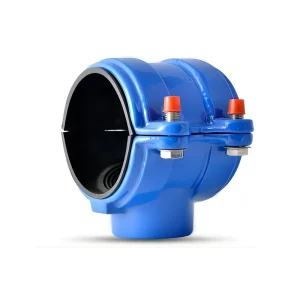
Frequently Asked Questions
How do I choose the right pipe saddle clamp?
Selecting a pipe saddle clamp requires consideration of factors like pipe size, material compatibility, environmental conditions (e.g., exposure to moisture or chemicals), and load-bearing requirements.
What materials are commonly used for durable saddle clamps?
Materials like stainless steel are favored for their strength and corrosion resistance, while galvanized steel offers cost-effectiveness with moderate durability.
Why is regular maintenance important for saddle clamps?
Routine inspections help identify wear or damage early on, preventing potential failures that could disrupt operations or compromise safety.
Are there smart technologies available in modern saddle clamps?
Yes, some advanced designs incorporate sensors for monitoring stress levels or environmental conditions, enabling predictive maintenance strategies.
For more information about our expertise in manufacturing pipeline connection products like Conflex Joints with customization services tailored to your needs,contact us today.

